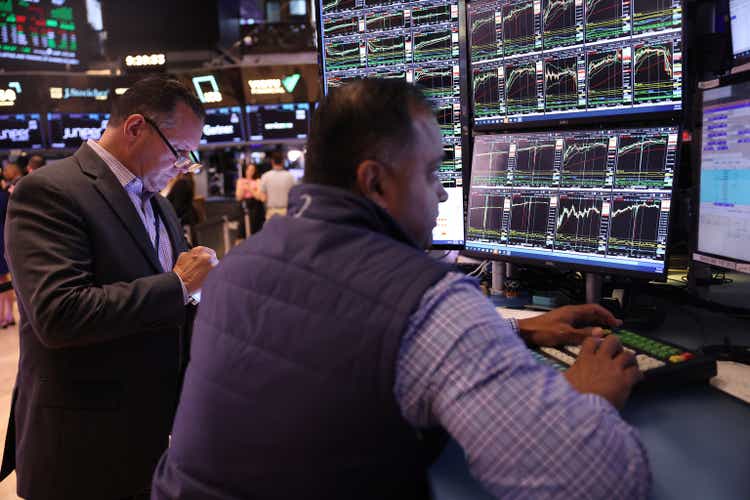
The U.S. market is now in a “bad news is bad” environment, potentially putting the Federal Reserve in a position where it might not be able to counter real economic weakness even if it is ready to take aggressive monetary policy steps, said Interactive Brokers (IBKR) chief strategist Steve Sosnick said in a note Thursday.
For much of the past two years, the norm on Wall Street was that good news was bad. The Federal Reserve was looking for signs of a weakening economy as it embarked on its most significant policy tightening campaign in decades. So for market participants hoping for rate cuts, strong economic data was not all that supportive.
But the narrative has recently changed. The Federal Reserve’s Federal Open Market Committee (FOMC) is now widely expected to cut rates for the first time since before the COVID-19 pandemic at the end of its next meeting on September 18.
“As rate cuts have become a near-certainty, we have entered an environment where bad news is bad news,” said IBKR’s Sosnick. “The danger with really bad news is that even if the Fed is prepared to react aggressively, it might be too late to prevent real economic weakness.”
However, he also said there was concern that “too much good” news could lead the central bank to not cut interest rates as quickly as market participants expect.
“A data-dependent Fed is unlikely to deliver all four 25 [basis point] cuts that markets expect to come during the three remaining FOMC meetings this year,” Sosnick said.
The August nonfarm payrolls report, due on Friday, is expected to be a pivotal report that will go a long way toward consolidating market expectations about the size of the Fed’s expected rate cut later this month.
“A ‘Goldilocks’ payrolls report – not too good and not too bad – is what stock market optimists should hope for,” Sosnick added.
The consensus is for nonfarm payrolls to be 165,000 and the unemployment rate to be 4.2 percent, he said.
According to the IBKR strategist, the key for most traders and investors will be to figure out how the market might react to various situations and not what the numbers will be.
Fixed-income traders appear focused on a 25- to 50-basis-point rate cut in two weeks, but a “substantially weaker” jobs data would increase the chances of a larger cut. “A number that deviates widely from consensus would mean a large percentage of investors would be in a bad situation,” Sosnick said. “And when traders are in a bad situation, volatility occurs.”
For investors looking to track Wall Street’s benchmark S&P 500 (SP500) index, here are some exchange-traded funds of interest: (SPY), (VOO), (IVV), (RSP), (SSO), (UPRO), (SH), (SDS), and (SPXU).

